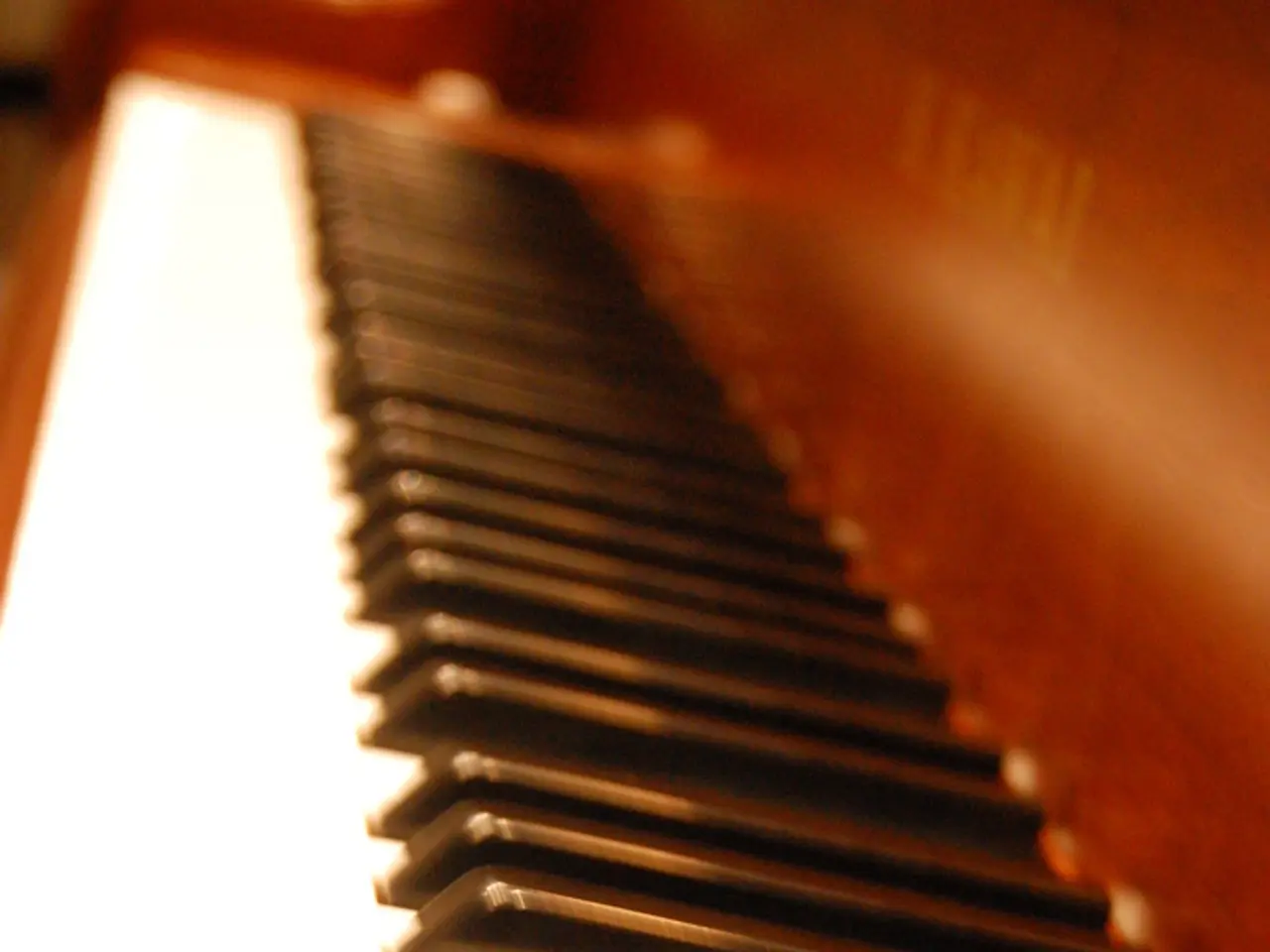London's Secretive Grand Pianos Unveiled
In the heart of London, a unique musical landscape has taken shape over centuries, weaving together tradition and innovation. From the hallowed halls of the Royal Academy of Music Museum, where pianos dating back 400 years still resonate with life, to the vibrant, modern installations scattered across the city, London's piano heritage is a testament to the city's enduring love for music.
The arrival of public pianos in London can be traced back to 2008, with the inception of the 'Play Me, I'm Yours' project. Conceived by British artist Luke Jerram, this initiative placed brightly painted pianos in public spaces, inviting people of all ages and abilities to engage with music socially and openly. While the project has toured various cities, its impact on London has been profound, promoting music as a communal experience.
More recently, contemporary initiatives like #Platform88 have carried forward this legacy. These projects focus on public engagement and accessibility, demonstrating a trend towards using public pianos as tools for social inclusion and artistic expression in urban spaces.
The global community has followed London's lead, with cities like New York embracing public pianos in parks, plazas, and other public venues. Projects such as the Sing for Hope Pianos encourage spontaneous musical sharing and make pianos accessible beyond traditional concert halls and schools.
London's public pianos transform urban environments into spaces of potential connection and conversation, serving as powerful social catalysts and fostering community connections. These pianos offer significant educational opportunities, providing informal learning spaces where people can experiment with music, practice skills, receive coaching, and gain performance experience outside formal settings.
Future public piano initiatives might include more structured educational components, such as scheduled workshops, beginner-friendly instructional materials, and digital learning resources accessible via QR codes on the instruments. Technological innovations might also play a significant role, with pianos offering learning guidance for beginners, connecting digitally to other public pianos for remote duets, and integrating with apps for educational purposes.
The cultural significance of London's public pianos extends to their role in showcasing the city's multicultural musical traditions, providing a democratic stage for diverse musical expressions. However, these instruments occasionally become focal points for broader social tensions, as demonstrated by a public dispute over a piano at St. Pancras International Station in January 2024.
Sustainability approaches for maintaining public pianos vary, with some initiatives using donated pianos that would otherwise be destroyed, while others use new, high-quality Yamaha instruments in carefully selected locations. The pianos used in the original installations were donated by a piano transport company and were themselves narratives of renewal and sustainability.
London's transportation network has embraced the public piano concept, with initiatives like Yamaha's #Platform88 placing high-quality pianos in London Underground stations. The digital dimension of the project has expanded the community impact of the physical pianos, creating networks of piano enthusiasts across the city and archiving ephemeral performances for posterity.
The 'Play Me, I'm Yours' project's website facilitated digital community-building by allowing people to post event information, photos, videos, and comments about their experiences with each piano, creating a virtual community around the physical instruments. St. Pancras International Station is one location where a public piano can be found, with one piano donated by Sir Elton John in 2016.
Battersea Power Station and Westfield Stratford are two locations in London where grand pianos have been installed. Herne Hill Railway Station is another location with a public piano, known as "The People's Piano." The inclusive nature of public pianos democratizes musical performance, removing it from exclusive concert halls and placing it in accessible public spaces.
In conclusion, London's evolution from classical piano heritage to interactive public installations illustrates the city's embrace of both tradition and innovation in its musical landscape. Public pianos offer a unique blend of education, community engagement, and cultural expression, transforming urban environments and fostering connections among Londoners and visitors alike.
- A beginner, enthused by London's musical ambiance, might consider starting piano lessons, inspired by the city's countless public pianos that serve as informal learning spaces for musicians of all levels.
- In the spirit of such initiatives, composer John Cage might create a piece that could be performed on the accessible public pianos scattered across the city, thereby combining lifestyle, entertainment, and music in a modern urban symphony.
- Amidst the continuous expansion of public piano projects, innovation may one day see these pianos interact directly with popular composers, allowing beginner musicians to engage in remote duets with legendary figures, merging tradition and technology in an unprecedented manner.




